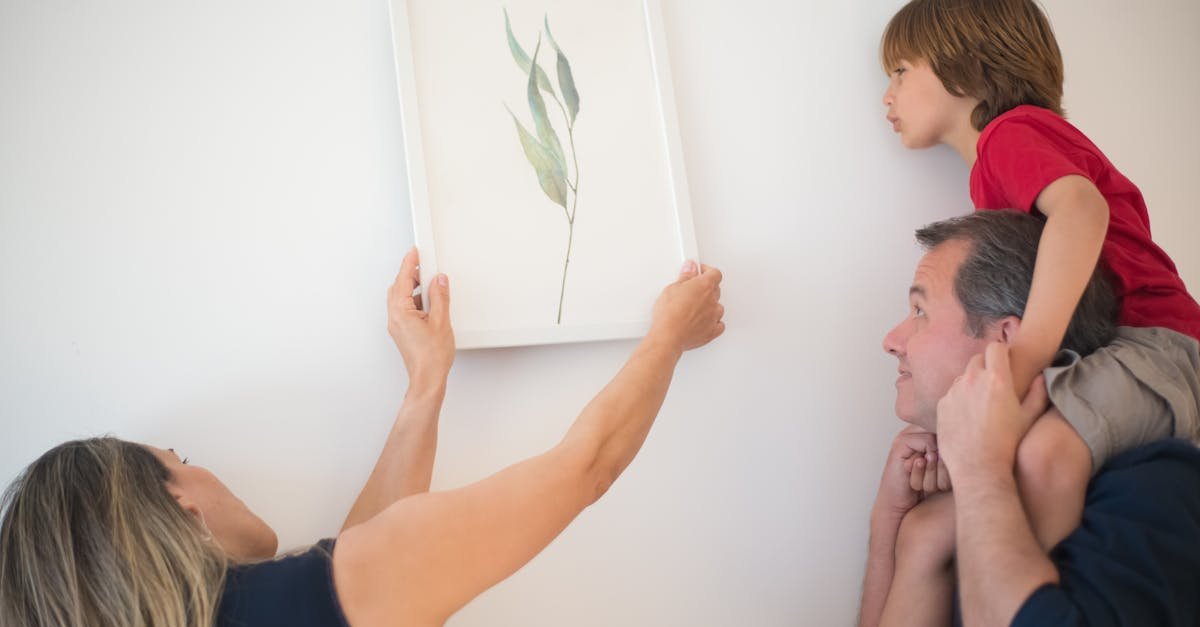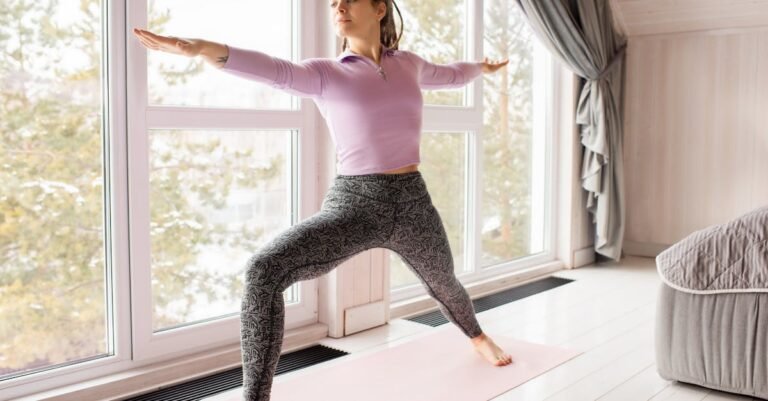Hey there, new mom! Feeling like you’ve just run a marathon (or maybe wrestled an octopus) after bringing your little one into the world? You’re amazing, but yeah, your body probably feels… different. Maybe you’re tired all the time, things ache a bit, and you’re wondering how to start feeling more like yourself again. That’s totally normal! This article is here to help. We’re going to chat about some super simple, safe exercises you can do right at home, whenever you can grab a few minutes. Think of it as a little boost button for your energy levels and strength. We’ll cover why moving your body (gently!) is a good idea now, when it’s okay to start, and some easy moves to try. The payoff? Feeling stronger, having more pep in your step, and reconnecting with your awesome body.
Why Bother Moving After Having a Baby?
Okay, so you’ve got a tiny human demanding your attention 24/7, sleep is a distant memory, and exercise sounds like climbing Mount Everest. Why even think about it? Well, moving your body isn’t just about fitting back into old jeans (though that might happen!). Pregnancy and birth put your body through *a lot*. Your tummy muscles stretched out, your pelvic floor (the hammock of muscles down below) worked overtime, and maybe you had a C-section which involves healing from surgery.
Gentle exercise helps everything start working together again. It can give you a surprising energy boost (crazy, right?), lift your mood when you’re feeling a bit low, and help prevent annoying aches and pains later on, like back trouble or accidentally peeing a little when you sneeze (yep, it happens!). Think of it like this: you’re a superhero juggling a million things. Exercise is like plugging yourself in to recharge your superpowers, even if it’s just for five minutes.
Okay, But *When* Can I Start? The Green Light Check
This is super important: always, always, always get the thumbs-up from your doctor or midwife before starting any exercise program after having a baby. Seriously, don’t skip this step! Everyone heals differently. Someone who had a straightforward vaginal delivery might get the okay sooner than someone who had a C-section or complications.
Usually, you can start with really gentle things like deep breathing and short walks pretty soon after birth, maybe within days or a couple of weeks, *if* you feel up to it and your doc says yes. More ‘normal’ exercise typically has to wait until after your 6-week checkup, sometimes longer.
The biggest rule? Listen to your body. If something hurts, stop. Pain is your body’s way of saying, “Whoa, not ready for that yet!” Trying to push through pain now is like trying to run a race right after you sprained your ankle – it just leads to more problems. Be patient with yourself.
Finding Your Core Again (It’s Hiding!)
When people talk about your ‘core,’ they usually mean your abs. But it’s actually a whole team of muscles: deep tummy muscles, your back muscles, and that pelvic floor we mentioned. During pregnancy, the team gets a bit stretched out and needs some gentle reminding of how to work together again.
Forget crunches for now – they can sometimes put too much pressure on your healing tummy. Instead, start with these basics:
- Deep Belly Breathing: Lie comfortably on your back with knees bent. Put one hand on your chest and one on your belly. Breathe in slowly through your nose, letting your belly rise like you’re filling up a balloon. Try to keep your chest still. Breathe out slowly through your mouth, letting your belly button gently sink towards your spine. This wakes up those deep core muscles.
- Pelvic Tilts: Still lying on your back, knees bent, feet flat. Gently flatten your lower back against the floor by tightening your lower tummy muscles and slightly tilting your pelvis up (imagine trying to squish a grape under the small of your back). Hold for a breath, then relax back to the starting position. It’s a small, subtle move.
These exercises might feel like you’re not doing much, but they’re building the important foundation for getting stronger safely.
Hello, Pelvic Floor! Let’s Get Reacquainted
Your pelvic floor muscles are kind of a big deal. They’re like a muscular hammock at the base of your pelvis, holding up your bladder, uterus, and bowels. Pregnancy and childbirth can weaken these muscles, which might lead to issues like leaking urine when you cough, laugh, or jump, or even just feeling a bit unstable.
Kegels are the go-to exercise here, but doing them right is key:
- Imagine you’re trying to stop yourself from peeing mid-stream, or trying to hold back gas. That’s the squeezing and lifting feeling you want.
- Squeeze *gently* and lift those muscles upwards and inwards. Hold for just a few seconds (like 3-5 seconds to start).
- Important: Relax the muscles completely for the same amount of time or longer. The relaxation part is just as crucial as the squeeze!
- Try not to squeeze your butt cheeks, thighs, or hold your breath. Keep everything else relaxed.
Think quality over quantity. Aim for maybe 10 gentle squeezes, a few times a day. You can do them while feeding the baby, waiting for the kettle to boil, or watching TV. Consistency is your friend here. It’s like practicing blinking – small, essential, and needs to happen regularly without thinking too hard about it.
Easy Moves You Can Do While Baby Naps (Maybe!)
Once you’ve got the green light and feel ready for a little more, here are some simple moves you can try to fit in. Remember, even 5-10 minutes is better than nothing!
- Walking: The ultimate postnatal exercise! Start with short walks around your house or garden. As you feel stronger, gradually increase the time and distance. Fresh air does wonders too!
- Glute Bridges: Lie on your back, knees bent, feet flat on the floor, arms by your sides. Gently squeeze your bottom muscles and lift your hips off the floor until your body forms a straight line from shoulders to knees. Don’t go too high. Hold for a second, then slowly lower back down. This is great for your glutes (butt muscles) and helps stabilize your core.
- Wall Push-ups: Stand facing a wall, about arm’s length away. Place your hands flat on the wall, slightly wider than your shoulders. Keeping your body straight, bend your elbows and lean towards the wall. Push back to the starting position. This is much easier on your wrists and core than regular push-ups when you’re just starting back.
Don’t pressure yourself to do hour-long workouts. Sneak movement in where you can. Dance around the kitchen with the baby? That counts! A few bridges while playing on the floor? Awesome!
Listening to Your Body & Knowing When to Get Help
We’ve said it before, but it’s worth repeating: listen to your body. Rest when you need to. Stop any exercise that causes pain, increased bleeding, dizziness, or shortness of breath.
Sometimes, even with the best intentions, things might not feel right. It’s really smart to reach out for help if you notice:
- Pain during or after exercise that doesn’t go away.
- Continued leaking of urine or stool (even a little bit) beyond the first few weeks.
- A feeling of heaviness, pressure, or bulging in your vagina.
- A noticeable gap in your abdominal muscles (diastasis recti) that doesn’t seem to be improving with gentle core work.
Don’t feel embarrassed! These things are common after childbirth. Your doctor or a specialized pelvic floor physical therapist can check things out and give you personalized advice. Think of it like asking for directions when you’re lost – getting expert help gets you where you want to go faster and safer.
So, let’s wrap this up! Getting back into exercise after having a baby isn’t about bouncing back instantly. It’s about being kind to yourself and taking small, smart steps to rebuild your strength and feel good. Remember the key things: always get your doctor or midwife’s okay before starting, focus first on gently waking up your core and pelvic floor, listen closely to what your body tells you (pain means stop!), and start slow with simple movements like walking and bridges. Don’t compare your journey to anyone else’s – your body did something incredible, and healing takes time. Even just a few minutes of mindful movement can make a big difference in your energy and mood. Be patient, be consistent, and celebrate the small wins. You’ve totally got this, mama!










